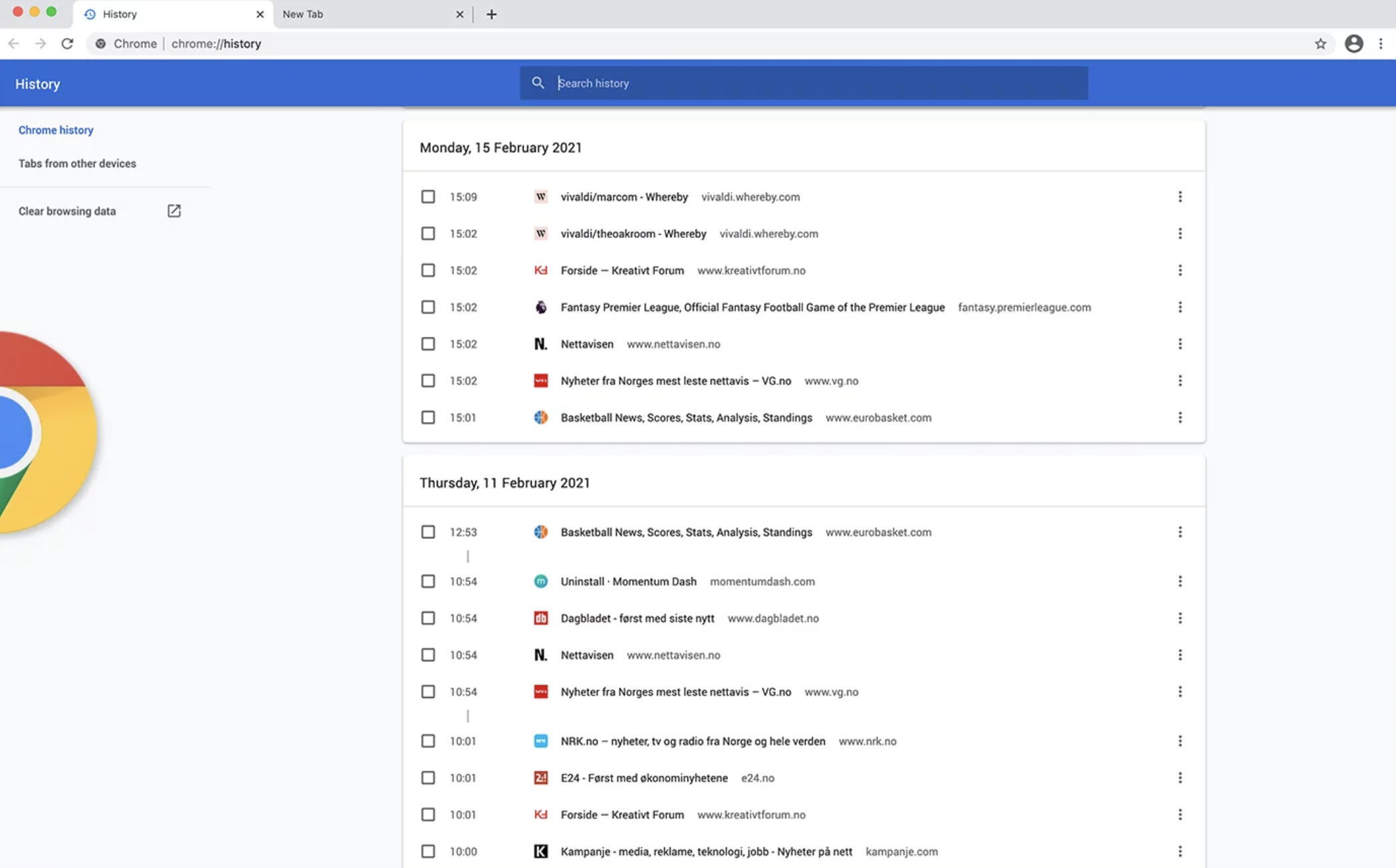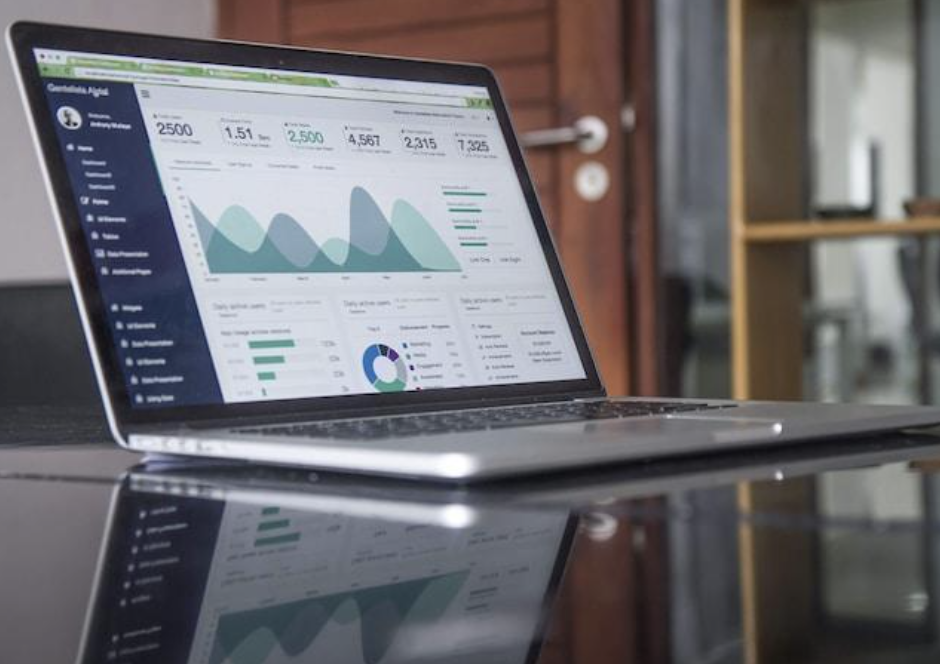
Although some people consider emails outdated, email marketing has stood the test of time. Furthermore, it has proved to be extremely adaptable, managing to implement new advancements in tech and marketing. If you're looking to supercharge your email campaigns and boost conversions, you've come to the right place.
Today, we're diving into the exciting world of behavioural targeting in email marketing and exploring how it can transform your strategy into a conversion-generating machine.
Click on each corresponding link to jump ahead:
- Understanding Behavioural Targeting in Email Marketing
- Best Practices for Behavioral Targeting in Email Marketing
- How to Segment Your Audience
- How to Create Personalized Email Campaigns
- The Most Common Email Marketing Strategies
- Final Thoughts
For assistance with your email marketing campaign, contact the professionals at Profitworks.
1. Understanding Behavioral Targeting in Email Marketing
Once you've unlocked the secrets of behavioural targeting in email marketing, you can use these tips to boost your advertising efforts. By harnessing the power of customer behaviour data, you can create highly personalized and engaging email campaigns that leave a lasting impression on your subscribers.
Remember, it's all about delivering the right message to the right person at the right time. Once you are armed with this knowledge, you can conquer the world of email marketing with the might of behavioural targeting. Watch your engagement rates soar, and your conversions skyrocket!
Before we jump into the nitty-gritty, let's define what behavioural targeting in email marketing means. In a nutshell, it's all about using customer behaviour data to personalize your email campaigns. You can craft highly targeted and relevant content that resonates with your subscribers by tracking and analyzing actions like:
- Website browsing behaviour,
- Purchase history, and
- Email engagement metrics.
When it comes to email marketing campaigns you should also consider the best time to send marketing emails. That is particularly true for time-sensitive campaigns or products that impact the everyday lives of your customers.

Your subscribers will be happy to receive personalized messages - Photo by Andrea Piacquadio on Pexels
Now, let’s consider the best practices for behavioural targeting in email marketing.
2. Best Practices for Behavioral Targeting in Email Marketing
As with any marketing strategy, following best practices is important to ensure success. Consider the following best practices for behavioural targeting in email marketing:
- Obtain explicit consent: Ensure that you have obtained explicit permission from subscribers to collect and use their personal data for targeted marketing purposes. This can be done through opt-in forms or checkboxes during the sign-up process.
- Transparent privacy policy: Clearly communicate your data collection and usage practices in a privacy policy. Make it easily accessible and understandable to subscribers, outlining how their data will be used and protected.
- Provide opt-out options: Allow subscribers to easily opt out of behavioural targeting or modify their preferences at any time. Provide clear instructions and visible unsubscribe links in every email.
- Preference center: Create a preference center where subscribers can control their data and communication preferences. Allow them to choose the types of emails they want to receive, the frequency, and the topics they are interested in.
- Respect frequency and timing: Avoid bombarding subscribers with too many emails or sending them at inconvenient times. Use behavioural data to determine the optimal frequency and timing for sending targeted emails.
- A/B testing and data analysis: Continuously refine and optimize your email campaigns by conducting A/B tests to identify what resonates best with your subscribers. Analyze data insights to understand which strategies, content, and targeting methods yield the best results.
- Monitor and analyze results: Track and analyze the performance of your behavioural targeting campaigns. Monitor key metrics such as open rates, click-through rates, conversions, and revenue generated. Use the insights gained to refine and improve your targeting strategies.
- Use automation and segmentation: Leverage marketing automation tools and segment your email list based on subscriber behaviour, interests, or demographics. Send targeted emails to specific segments, delivering relevant content to improve engagement. The digital marketing experts from Movers Development suggest implementing automation in every facet of your company to streamline mundane, time-consuming tasks.
Email marketing is ever-evolving, so keep experimenting and adapting to stay ahead! Now, let’s consider how to actually segment your audience in email marketing.
3. How to Segment Your Audience
Segmentation is the name of the game for effective email marketing, and behavioural targeting takes it to a new level. With behavioural targeting, you can slice and dice your subscriber list into specific groups based on their:
- Actions,
- Preferences, and
- Interests.
In return, this allows you to create highly targeted and personalized email campaigns that resonate with each segment. Rather than sending a generic email to your entire subscriber base, segmentation allows you to deliver more personalized and relevant content to different segments. For instance, you might have segments like:
- Frequent buyers,
- Inactive subscribers, or
- New customers
Once you have segmented your audience appropriately you can now customize your email content and offers to match the interests, preferences, or behaviors of each segment. For example, if you have a segment of "frequent buyers," you might send them exclusive discounts or loyalty rewards. If you have a segment of "new customers" you might share promotional emails with them to promote their future business. For “inactive subscribers”, or those subscribers who have gone quiet, behavioural targeting enables you to create re-engagement campaigns with tailored incentives or content, enticing them to reconnect with your brand.
The power of behavioural targeting lies in its ability to deliver the right message to the right people at the right time, ensuring your emails have a higher chance of grabbing attention, driving engagement, and ultimately boosting conversions.

Knowing your users’ online behaviour can help you craft the perfect marketing.
Once you understand the process of segmentation you can now begin creating personalized email campaigns.
4. How to Create Personalized Email Campaigns
Personalization is the key to capturing your subscribers' attention and forging meaningful connections. With behavioural targeting, you can go beyond generic messages and truly speak to your subscribers' interests and needs. The following are several ways you can create personalized email campaigns:
- Use subscriber's name: Address each subscriber by their name in the email to create a sense of personalization and establish a connection.
- Personalized subject lines: Craft subject lines that are tailored to each subscriber's interests or previous interactions. Use their name, reference their recent activity, or include personalized offers to grab their attention.
- Location-based targeting: Customize your emails based on the subscriber's location. This can involve including localized offers, event invitations, or information specific to their geographic area.
- Personalized offers and discounts: Provide exclusive offers, discounts, or rewards based on subscribers' preferences, purchase history, or loyalty status. Make them feel special and valued.
- Leverage browser history: Leverage browsing history to change email content dynamically. For example, suppose a subscriber has recently shown interest in a specific category of products on your website. In that case, you can tailor your email content to showcase similar items or offer relevant recommendations. Adapting to what users are doing lets you demonstrate that you understand their needs, making them more likely to engage with your emails.
- Offer exclusive promotions: Offer exclusive promotions based on subscribers' previous purchases. Behavioural targeting lets you tap into their buying history and identify their preferences. Use this information to create targeted campaigns that offer: personalized discounts, special offers, or product bundles that align with their past purchases.
- Implement Triggered Emails: Consider implementing triggered emails based on specific actions. By utilizing behavioural triggers, you can automatically send highly relevant and timely emails, reminding your subscribers of their interest and encouraging them to take action.
Remember, personalization is all about making your subscribers feel seen and valued. Take the time to analyze and understand their behaviours, preferences, and needs. Tailor your email content accordingly, and you'll create a personalized experience that resonates with each subscriber, fostering a sense of loyalty and driving engagement.

Remember to measure the effectiveness of your campaigns - Photo by Carlos Muza on Unsplash.
Now, let’s consider the most common email marketing strategies.
5. The Most Common Email Marketing Strategies
When it comes to email marketing, there is a wide array of strategies to choose from. However, regardless of which ones you pick for your campaign, you should always look for additional ways to enhance your approach. Let’s consider some common email marketing strategies:
- Welcome emails: One of the most common tactics is using welcome emails, which are sent to new subscribers to introduce your brand and set the tone for future interactions.
- Drip campaigns: Another popular approach is the implementation of drip campaigns, where a series of pre-scheduled emails are sent to nurture leads and guide them through the sales funnel.
- Newsletters: Newsletters provide a way to regularly engage with your audience by sharing valuable content, updates, and promotions.
- Cart abandonment emails: For e-commerce businesses, cart abandonment emails effectively remind customers about their unfinished purchases and entice them to complete the transaction.
- Email recommendations: Finally, personalized email recommendations based on customer preferences and browsing history can drive conversions and foster a deeper connection with subscribers.
- Promotional emails: Send emails to promote specific products, services, discounts, or sales. These emails often include compelling call-to-action buttons and persuasive copy
- Re-engagement emails: Send emails to inactive subscribers to re-ignite their interest and encourage them to re-engage with your brand. Offer exclusive discounts or valuable content to entice them.
- Upselling and cross-selling emails: Recommend complementary products or upgrades based on customers' previous purchases, encouraging them to make additional purchases.
- Post-purchase follow-up emails: Send emails after a purchase to thank customers, provide order confirmations, shipping details, and request reviews or referrals.
- Segmentation and personalization: Segment your email list based on subscriber demographics, preferences, or behaviour, and personalize the content to make it more relevant and engaging.
These are just a few examples of the diverse strategies that can be employed to maximize the impact of your email marketing efforts.
6. Final Thoughts
Overall, behavioural targeting allows you to go beyond mass messaging and instead deliver personalized, relevant, and timely content to your subscribers. It enhances engagement, improves conversion rates, and builds stronger customer relationships, all of which contribute to the success of your email marketing campaigns.
If you require assistance with your email marketing campaign, contact us today!

